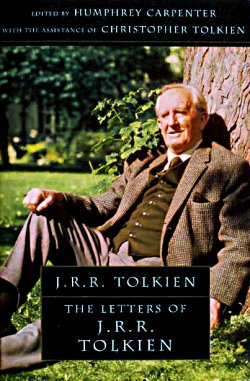Epictetus was a freed slave who lived in Nicopolis, on what is now the northern Adriatic coast of Greece. There he ran a school of Stoic philosophy. His dates are given as c.C.E. 55-135. He taught during the reigns of the Roman emperors Trajan and Hadrian.
His teaching were written down by his pupil Arrian, who is more famous for writing a history of Alexander the Great. They are available to us courtesy of almost 2000 years of care and scholarship and, finally, by the modern cultural miracle that is Penguin Books.
Philosophy in the Roman world at that time was divided into four main schools: Stoic, Cynic, Skeptic and Epicurean. The latter three held an atomistic view of universe, where events happened mechanically and there was no room for either the gods or freewill. The Stoics, on the other hand, believed in a Creator (the universe) and an odd mixture of free-will and determinism. They believe that we all contain within in us a portion of the divine, that we are citizens of the universe, and that our task in life is to bring our will into agreement with the natural order.
Epictetus starts his discourse by examining what we can and cannot control. Once this is done, he says, we can stop fretting over the things we cannot control and start cultivating the things we can control. On his analysis, the only thing over which we have control is our character. Our social aspirations, our reputations and even our bodies are beyond our control. Happiness, then, lies not in "climbing the ladder" because our promotion depends on the whims of other people; nor does it lie in our reputations as these depend on the good- or ill-will of others; and our bodies will break and decay whether we like it or not.
Where does happiness reside? First, in accepting that we are mortal, that we will age, get ill and eventually die. This is our lot. Secondly, coming to the realisation that we can never really own anything, that all things are temporarily loaned to us and will be taken away from us - either now by thieves, or later by death. Finally, by taking control of our character through our directing will.
The Discourses, Fragments and Enchirion (Greek for "manual") contained in this volume are filled with arguments and advice about how to slough off bad habits of the mind and start honing what is really important: our individual character. "I must die," he says. "But must I die bawling?" His answer is no.
The selections in this book cover many aspects of life, but sometimes they get repetitive; however, Robert Dobbin's lively translation staves off the boredom. I was very pleased to be able to listen to the voice of a freed slave coming through loud and clear across the centuries. At a junction of our history where humans are about to eat the world through over-population and super-fuelled consumerism, reading Epictetus may take us a step closer to cooling down our individual and collective neuroses.
Publishing details: Discourses and Selected Writings by Epictetus (trans. Robert Dobbin, Penguin, London, 2008, pp.276)















